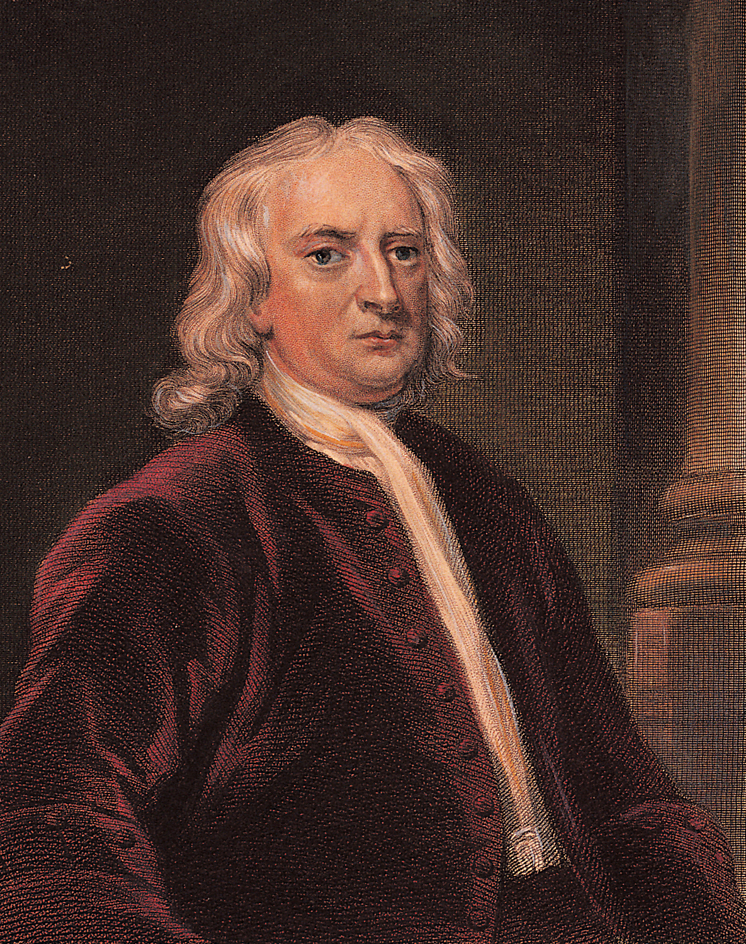Gravitation is the force of attraction that acts between all objects because of their mass. An object’s mass is its amount of matter. Because of gravitation, an object that is near Earth falls toward the surface of the planet. An object that is already on the surface experiences a downward force due to gravitation. We experience this force on our bodies as our weight. Gravitation holds together the hot gases that make up the sun, and it keeps the planets in their orbits around the sun. Another term for gravitation is the force of gravity.
People misunderstood gravitation for centuries. In the 300’s B.C., the Greek philosopher and scientist Aristotle taught the incorrect idea that heavy objects fall faster than light objects. People accepted that idea until the early 1600’s, when the Italian scientist Galileo corrected it. Galileo said that all objects fall with the same acceleration unless air resistance or some other force acts on them. An object’s acceleration is the rate of change of its velocity (speed in a particular direction). Thus, a heavy object and a light object that are dropped from the same height will reach the ground at the same time.
Newton’s law of gravitation
Ancient astronomers measured the movements of the moon and planets across the sky. However, no one correctly explained those motions until the late 1600’s. At that time, the English scientist Isaac Newton described a connection between the movements of the celestial bodies and the gravitation that attracts objects to Earth.

In 1665, when Newton was 23 years old, a falling apple caused him to question how far the force of gravity reaches. Newton explained his discovery in 1687 in a work called Philosophiae naturalis principia mathematica (Mathematical Principles of Natural Philosophy). Using laws of planetary motion discovered by the German astronomer Johannes Kepler, Newton showed how the sun’s force of gravity must decrease with the distance from the sun. He then assumed that Earth’s gravitation decreases in the same way with the distance from Earth. Newton knew that Earth’s gravitation holds the moon in its orbit around Earth, and he calculated the strength of Earth’s gravitation at the distance of the moon. Using his assumption, he calculated what the strength of that gravitation would be at Earth’s surface. The calculated result was the same as the strength of the gravitation that would accelerate an apple.
Newton’s law of gravitation says that the gravitational force between two objects is directly proportional to their masses. That is, the larger either mass is, the larger is the force between the two objects. The law also says that the gravitational force between two objects is inversely (oppositely) proportional to the distance between the two objects squared (multiplied by itself). For example, if the distance between the two objects doubles, the force between them becomes one-fourth of its original strength. Newton’s law is given by the equation:

